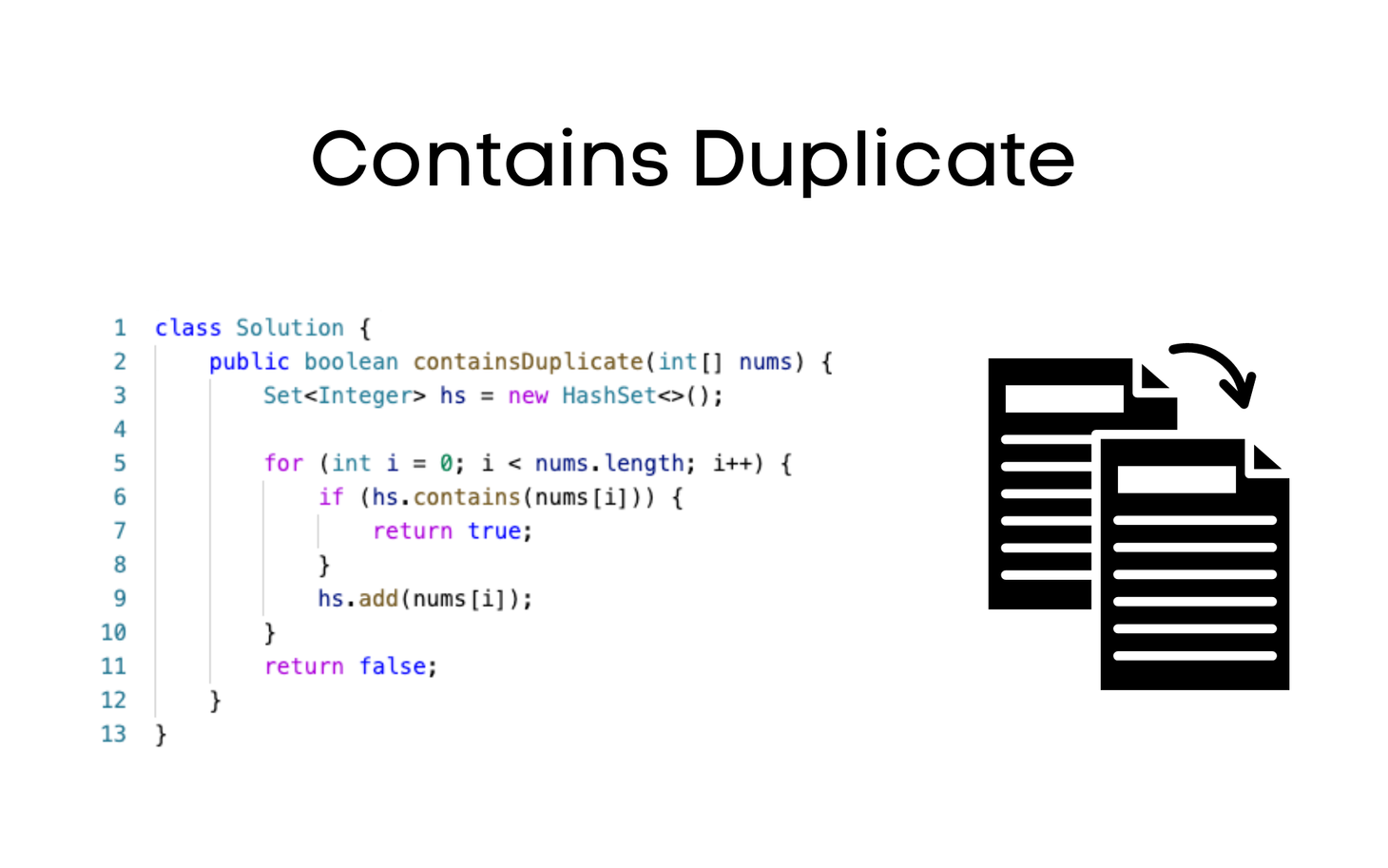Introduction to NOT Operator
The Bitwise NOT operator evaluates the binary representation of the value of a single input. If the bit contains 1, the output will be 0 for that bit location. If the bit contains 0, the output will be 1.
The Bitwise NOT operator evaluates the binary representation of the value of a single input. If the bit contains 1, the output will be 0 for that bit location. If the bit contains 0, the output will be 1.
This lesson will teach you how to find the duplicate element using a hashing algorithm.
